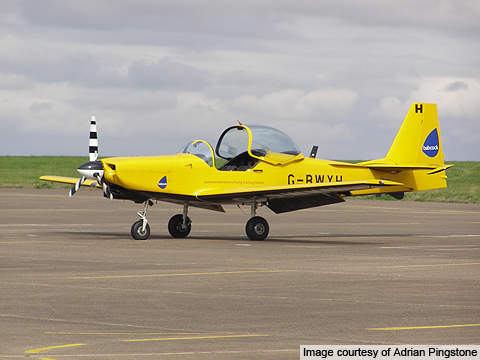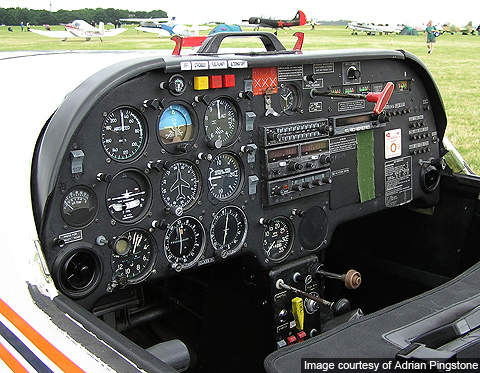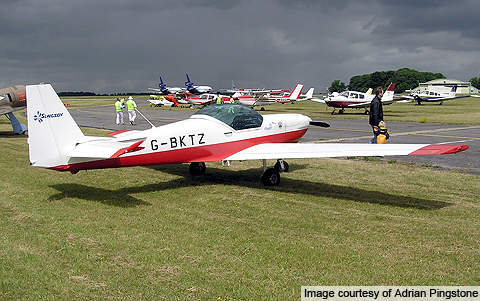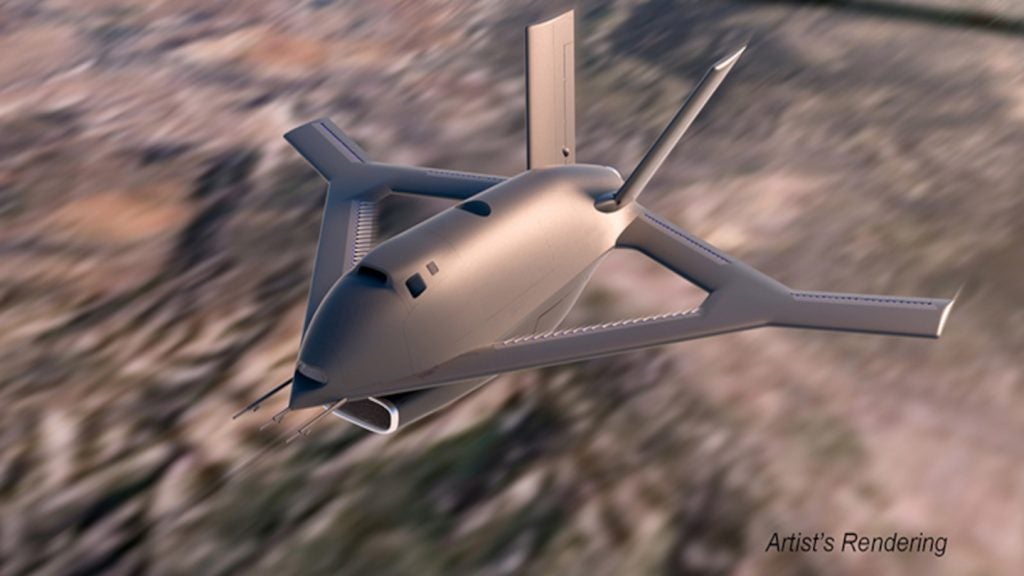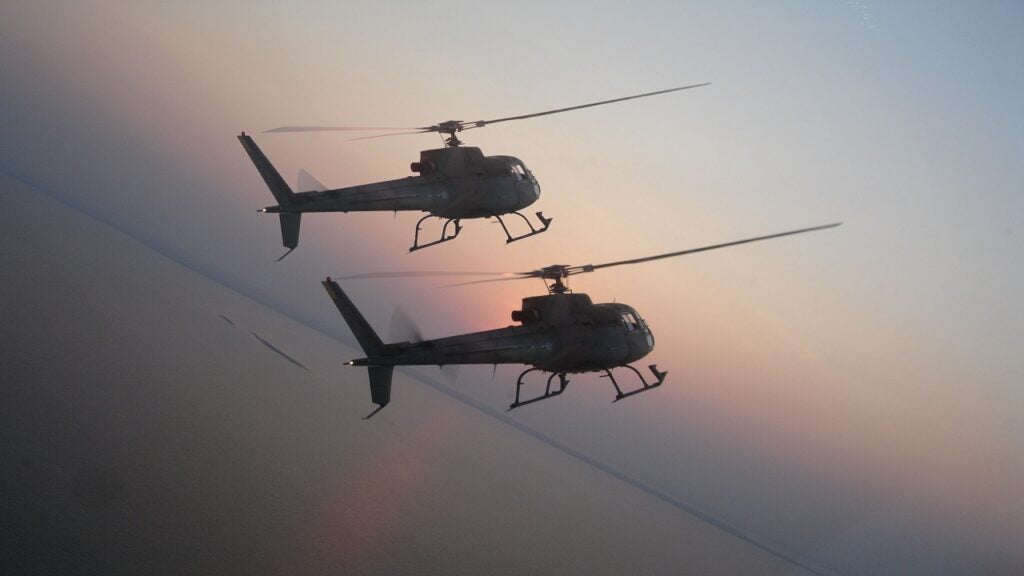The T-67 Firefly (formerly known as Fournier RF-6) is a single engine aerobatic trainer aircraft designed and developed by Slingsby Aviation at Kirkbymoorside, Yorkshire, in England. An advanced aircraft, it is deployed by the UK Armed Forces and civil professional flying schools. About 250 T-67s are currently operational worldwide.
T-67 trainer variants
The T-67 has 12 variants: RF-6B, RF-6B-120, RF-6C, T67A, T67M Firefly, T67B, T67M MkII Firefly, T67M200 Firefly, T67C Firefly, T67M260 Firefly, T3A Firefly and CT-111 Firefly.
RF-6B is the first Fournier production model powered by a Continental O-200 engine rated at 100hp output power.
RF-6B-120 is an advanced version of RF-6B and is powered by the Lycoming O-235 engine which produces 120hp output power.
RF-6C is an improved model of RF-6B. It is fitted with four seats and powered by a Lycoming O-320 engine. The engine was later upgraded to RS-180.
T-67A is an enhanced version of RF-6B-120, designed and built by Slingsby Aviation.
T-67B is an advanced version of T-67A, made up of glass fibre strengthened plastics.
T-67M Firefly is an improved version of T-67A, constructed with glass fibre built plastic. It is powered by a fuel-interposed Lycoming AEIO320-D1B engine rated at 160hp output power.
T-67M MkII Firefly is an upgraded model of T-67M. The variant supersedes the single piece canopy of T-67M into a dual piece canopy. It is additionally fitted with a fuselage fuel tank and larger tanks in the wings.
T-67M200 Firefly is powered by the 200hp Lycoming AEIO360-A1E engine, driven by a three-bladed Hoffman propeller.
T-67C Firefly is powered by uprated Lycoming O-320 engine which generates 160hp of output power. It has three additional versions, which include T-67C-1 (single piece canopy), T-67C-2 (dual piece canopy) and T-67C-3 (three piece canopy and wing tanks).
T-67M260 Firefly is equipped with a powerful Lycoming AEIO540-D4A5 engine which produces 260hp of output power.
T-3A Firefly is the US Military version derived from the T-67M260 aircraft.
Design and features
The T-67 is of semi-monocoque design. It was designed to carry out general handling, instrument flying, aerobatic flying, night flying, navigation flying and formation flying missions even in adverse climatic conditions.
The aircraft features a robust airframe made up of glass fibre composite materials. The lifespan of the airframe is expected to be 2,466 hours. The aircraft is incorporated with a fixed tricycle type landing gear, new hoses, carb heat indicator, accelerometer, rudder, ailerons and nose wheel steering.
T-67 development
The T-67 Firefly is based on the RF-6 trainer which was manufactured by Rene Fournier at Nitray Factory. The maiden flight of the RF-6B took place in March 1974. Upon selling the development rights of the RF-6B to Slingsby Aviation in 1981, the aircraft was renamed as T-67. The maiden flight of the variant T-67 was completed in May 1981.
The USAF selected the T-3A in 1992 to supersede the T-41 fleet under the Enhanced Flight Screening Program (EFSP). About 114 T-3As were supplied to the USAF between 1993 and 1995.
The Air Education and Training Command (ATEC) of the USAF proposed a plan in July 1997 to retire the T-3A fleet due to crashes in 1995, 1996 and 1997. The approval was granted by the USAF in September 1999.
A total of 53 T-3As were dismantled at the USAF Academy and shipped to the Hondo Municipal Airport between 2002 and 2003. The remaining aircraft were disassembled in September 2006.
Cockpit
The spacious cockpit of the T-67 is equipped with two adjacent seats for accommodating a student pilot and a flight instructor. It is enclosed with a backward tilting glass canopy which comprises ventilation windows and air scoops.
The cockpit is incorporated with KMA 24H-70 audio panel, King KX-155 voice over recorder, KN64 distance measuring equipment, TRT 800A mode S transponder, KR87 automatic direction finder and KT76 transponder encoder.
Avionics
The avionics suite installed in the T-67 comprises Garmin 295 GPS, altimeter, airspeed indicator, magnetic compass, heading indicator, turn indicator, vertical speed indicator, course deviation indicator and radio magnetic indicator.
Engines
The T-67 is powered by a single Textron Lycoming AEIO-540D4A5 six cylinder, horizontally opposed air cooled engine rated at 194kW of output power. It is driven by a three bladed constant speed Hartzell propeller made up of aluminium.
The engine is incorporated with an ERB-8011 starter, REM38E spark plug, RSA-5AD1 fuel injector, LW-15473 fuel pump, ALU-8521-LS alternator, LW-15882 starter ring gear and vacuum pump drive.
Performance and speed
The T-67 can climb at a rate of 7m/s. Maximum speeds of the aircraft are 361km/h and 281km/h respectively. The cruise speed is 259km/h. The stall speed is 100km/h. The range and service ceiling are 753km and 5,790m respectively.
UK Defence Sector – Market Opportunity and Entry Strategy, Analyses and Forecasts to 2015
Detailed analysis and forecasts of the UK defence market are available from our business information platform Strategic Defence Intelligence. For more information click here or contact us: EMEA: +44 20 7936 6783; Americas: +1 415 439 4914; Asia Pacific: +61 2 9947 9709 or via email.

